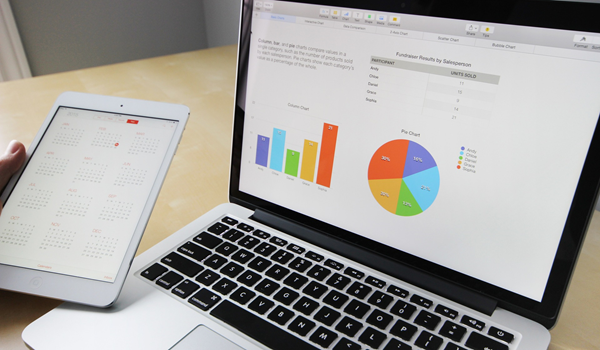Test Results
Results of Tests and Investigations
Most results return in about a week. Doctors read the test results as they come in and make recommendations, which the receptionist can pass onto you.
We will contact you by telephone, text or by letter, only if a result is abnormal and you require treatment or further investigations. You will not be contacted if your result is normal. Adults' results will not be given to anyone other than the patient, except in exceptional circumstances. We can only discuss results with patients so please do not ring up on behalf of someone else unless you are a main carer and consent in writing has been agreed beforehand. If you receive a letter to come in and discuss your results please do not be alarmed; it is a system we use to ensure certain results are discussed face to face. It may be that we need more information or need to alter medication.
Call in or phone 0161 223 4211 when lines are less busy between 15.00 – 16.00.
For information on what your laboratory test results mean please visit Lab Tests Online website.
Specimens
All specimens such as urine samples should be handed into the reception before 15:30. The collection service will then take the samples to the hospital laboratory. Specimens arriving after this time will sit in the fridge all night and the results can be affected.
Blood Tests
A blood test is when a sample of blood is taken for testing in a laboratory. Blood tests have a wide range of uses and are one of the most common types of medical test. For example, a blood test can be used to:
- assess your general state of health
- confirm the presence of a bacterial or viral infection
- see how well certain organs, such as the liver and kidneys, are functioning
A blood test usually involves the phlebotomist taking a blood sample from a blood vessel in your arm and the usual place for a sample is the inside of the elbow or wrist, where the veins are relatively close to the surface. Blood samples from children are most commonly taken from the back of the hand. The childs hand will be anaesthetised (numbed) with a special cream before the sample is taken.
You can find out more about blood tests, their purpose and the way they are performed on the NHS Choices website.
X-Rays
An X-ray is a widely used diagnostic test to examine the inside of the body. X-rays are a very effective way of detecting problems with bones, such as fractures. They can also often identify problems with soft tissue, such as pneumonia or breast cancer.
If you have an X-ray, you will be asked to lie on a table or stand against a surface so that the part of your body being X-rayed is between the X-ray tube and the photographic plate.
An X-ray is usually carried out by a radiographer, a healthcare professional who specialises in using imaging technology, such as X-rays and ultrasound scanners.
You can find out more about x-ray tests, how they are performed, their function and the risks by visiting the NHS Choices website.

